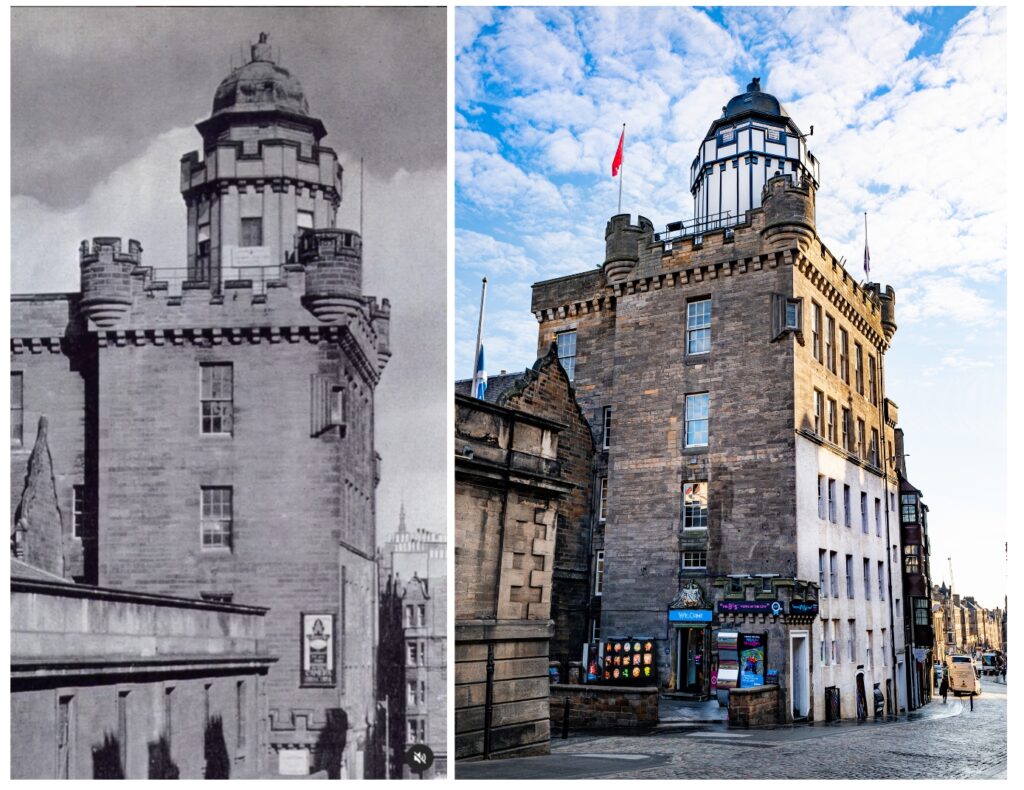
Introduction
The camera obscura stands as one of the most influential discoveries in the history of optics and photography. This simple yet groundbreaking device laid the foundation for modern cameras and continues to captivate historians, photographers, and artists alike. In this article, we delve deep into the mechanics, history, and significance of the camera obscura, while also providing step-by-step guidance on how to create your own.
What Is a Camera Obscura?
A camera obscura, Latin for “dark chamber,” is an optical device that projects an external scene onto an internal surface. It consists of a darkened enclosure with a small aperture or convex lens that allows light to pass through, producing an inverted image of the outside world onto a screen or wall inside. This principle forms the core concept behind modern cameras.
How Does a Camera Obscura Work?
The fundamental principle of the camera obscura is based on the rectilinear propagation of light—meaning light travels in straight lines. When light from an illuminated object passes through a small hole in an otherwise dark chamber, it projects an inverted image of the scene on the opposite surface. If a convex lens is used instead of a pinhole, the image appears sharper and more defined.
graph TD;
A[Light from Object] –>|Passes through aperture| B[Inverted Image Formed];
B –>|Projected onto| C[Interior Surface];
The History of Camera Obscura
The origins of the camera obscura date back to ancient civilizations. Various scholars and inventors contributed to its development over centuries:
- 400 BCE – Mozi (China): The earliest written account of the camera obscura comes from the Chinese philosopher Mozi, who noted how light passing through a small opening projects an inverted image.
- 4th Century BCE – Aristotle (Greece): Aristotle described how a solar eclipse could be observed using a pinhole projection, recognizing the fundamental principle behind the camera obscura.
- 10th Century CE – Alhazen (Ibn al-Haytham, Iraq): The Arab scientist Alhazen provided the first comprehensive analysis of optics and explained how images are formed through small apertures.
- 13th-16th Century – Renaissance Artists: Artists such as Leonardo da Vinci and Johannes Kepler used the camera obscura to aid in perspective drawing and painting.
- 17th-19th Century – Evolution into Photography: The invention of light-sensitive materials allowed the camera obscura to evolve into the first photographic cameras, leading to the development of modern photography.
The Role of Camera Obscura in Art and Science
The camera obscura played a crucial role in both artistic and scientific advancements:
- Artistic Applications: Renaissance artists used camera obscura projections to trace images onto canvases, leading to more accurate perspectives and proportions.
- Astronomical Observations: Scientists used it to safely observe solar eclipses without direct eye exposure to the sun.
- The Birth of Photography: The principles of the camera obscura directly influenced the invention of photographic cameras, such as the daguerreotype in the 19th century.
Visiting the Edinburgh Camera Obscura
For those interested in experiencing a functioning camera obscura, the Camera Obscura & World of Illusions in Edinburgh, Scotland, is a must-visit destination. Established in 1835, this historic attraction offers stunning panoramic views of the city using a classic camera obscura setup.
How to Build Your Own Camera Obscura
Creating a DIY camera obscura is an excellent way to explore the fundamentals of optics. Follow these simple steps to construct your own:
Materials Needed:
- A sturdy, closable box
- A sheet of white paper (for the projection surface)
- A small pin or needle (to create the aperture)
- Black tape or paint (to darken the interior)
- A craft knife or scissors
Step-by-Step Instructions:
- Prepare the Box: Choose a shoebox or similar container and paint the interior black to minimize light reflections.
- Create the Aperture: Poke a small hole in one side of the box using a pin or needle.
- Position the Projection Screen: Attach the white paper to the opposite side of the hole inside the box.
- Seal the Box: Ensure no external light enters except through the aperture.
- View the Image: Point the aperture toward a bright scene and observe the inverted image projected onto the white paper inside.
Modern Uses and Relevance of Camera Obscura
While digital photography has rendered the camera obscura largely obsolete for practical imaging, its principles continue to be relevant:
- Educational Tools: Camera obscuras are used in physics and optics education to demonstrate light behavior.
- Artistic Inspiration: Many contemporary artists and photographers employ camera obscura techniques in creative projects.
- Architectural Installations: Some museums and observatories feature large-scale camera obscura setups for visitors to experience the effect firsthand.
Conclusion
The camera obscura remains an enduring symbol of the intersection between art, science, and technology. Understanding its mechanics, history, and applications provides valuable insight into the evolution of photography and optical science. Whether you’re a historian, an artist, or simply a curious mind, exploring the world of camera obscura offers a fascinating journey through the origins of visual imaging.